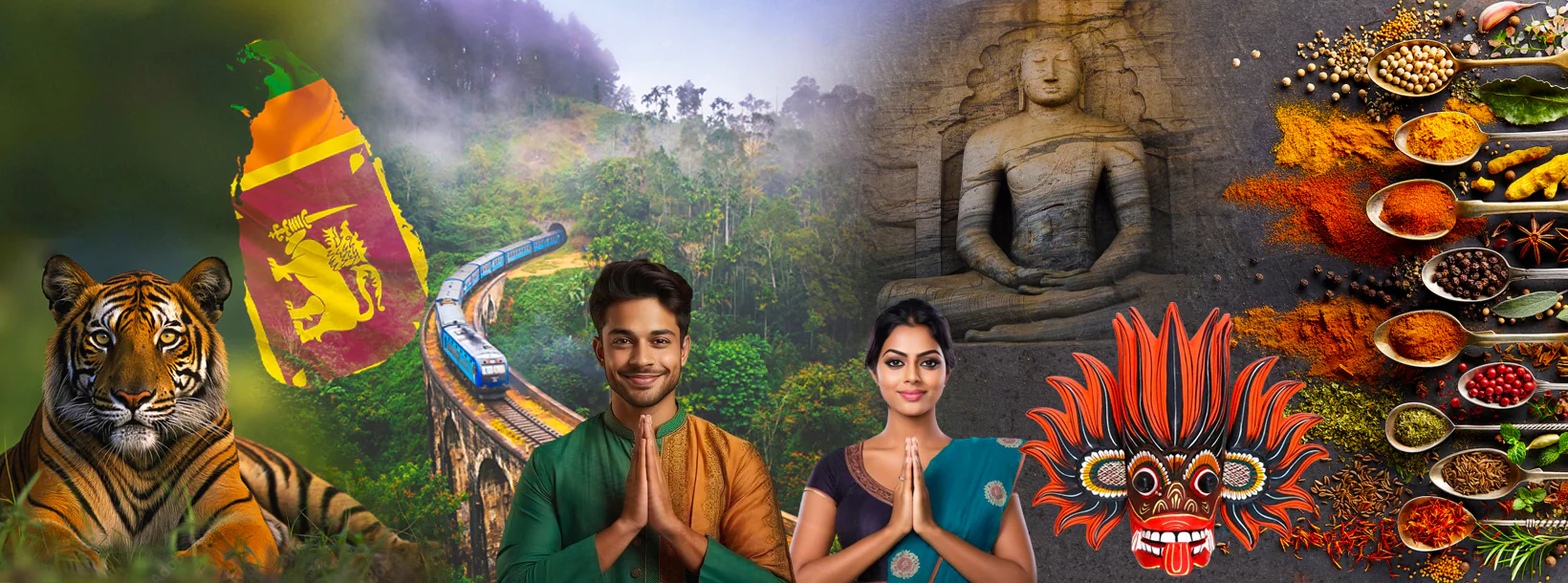
Sri Lanka
Sri Lanka, an island nation in South Asia, is renowned for its rich cultural heritage, diverse landscapes, and wildlife. Attractions include ancient temples, pristine beaches, lush tea plantations, and vibrant festivals. The country's unique blend of cultures, warm hospitality, and delicious cuisine make it a captivating destination for travelers.
National Independence Day
The national flag is hoisted and the national anthem sung, the traditional lamp is lit and the processions begin, complete with meticulously coordinated military parades, firing of canons and various religious and cultural performances, all to paying tribute to the forefathers of the land for their glorious feat. Sri Lanka celebrates the gaining of her independence from Colonial rule with magnificent pomp and pageantry and the spirit of patriotism resonating in every street corner.
A Day of Celebration
The Independence Day in Sri Lanka is celebrated annually on the 4th February. Sri Lanka gained Independence from the British on February 4, 1948. The day is a national holiday in Sri Lanka. It is celebrated all over the country with flag-hoisting ceremonies, dances, parades and cultural performances. The main celebrations take place in Colombo. Here the President raises the national flag and delivers a speech at a nationally televised event.
Many struggles were made in the history of Sri Lanka for the cause of freedom. And on the Independence Day all of those who fought for this are remembered and celebrated. But the independence movement against the British is especially recalled.
In the President’s speech, he highlights the achievements of the government during the past year, raises important issues and requests the people to join together in commemorating this historic day. The President also pays tribute to the national heroes of Sri Lanka, observing two minutes of silence in their memory.
A great military parade is also performed. In recent years it showcased the power of the army, navy, air force, police and the civil defense force. And the commitment, bravery, national unity and determination to achieve peace is recollected in the minds of the Sri Lankan people.
The History of Peace
D.S. Senanayake became the first Prime Minister of Sri Lanka after we got the independence from the British in 1948. He emerged as the leader of the Sri Lankan independence movement that lead to the establishment of self-rule in Sri Lanka. The legal head of State was Queen Elizabeth’s governor at that time.
The first President of Sri Lanka was William Gopallawa in 1972. This replaced the Governor’s role. Until 1972, Ceylon was a Commonwealth realm with Queen Elizabeth II as the head of state and Queen of Ceylon.










